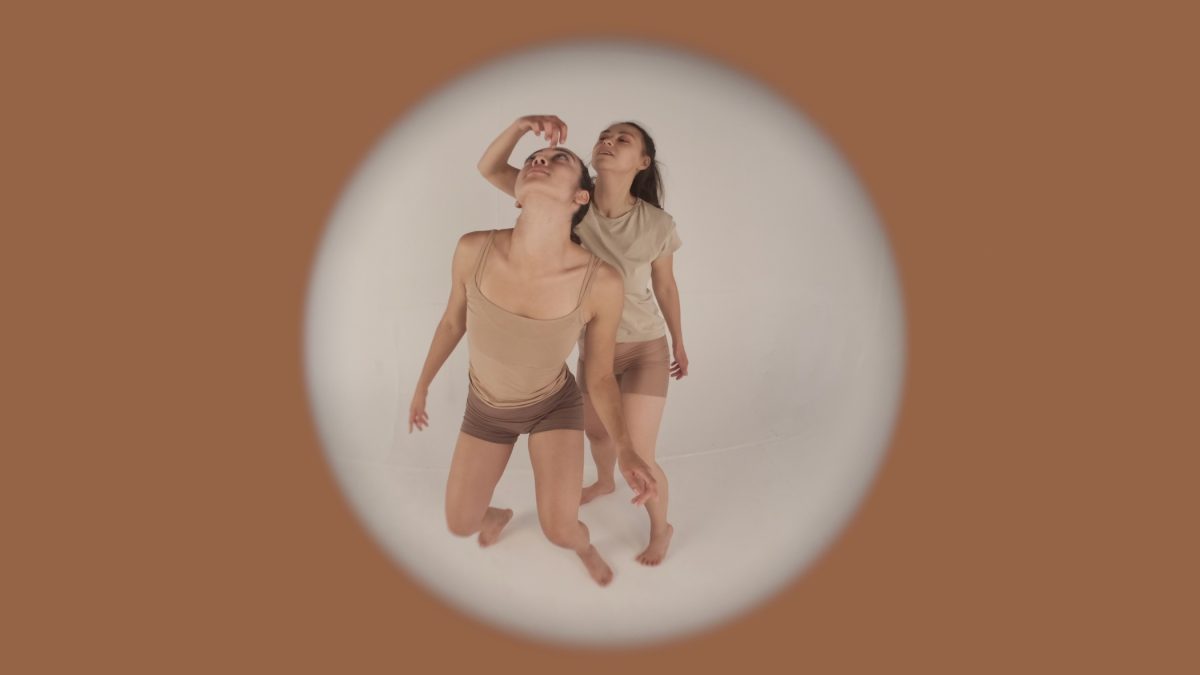I can’t begin to imagine what it is like being told by a court that I can’t parent my child. And then having to say goodbye to them, knowing I won’t see them again for many years. One thing adopters can do to help birth parents deal with this unimaginable time, is to make sure we write a settling in letter. For this to have the most benefit for everyone, it needs to be more than a list of what your child is doing and how they’ve settled in.
In this article, @forever_macfamily shares how they tackled the letter and how they were able to make it so much more than just a list of things the child was doing.

The Settling in letter
It’s the first piece of written correspondence most of us are going to have with birth family. It’s natural to feel a bit overwhelmed about putting pen to paper. It is, however, incredibly important to start as you mean to go on and it’s even more important for our children that we, as the adopters, take the lead in making these letters meaningful.
Regardless of the situation that has brought our little ones to us and how that might make us feel about their birth families, we owe it to our children to be respectful and considered.
When writing our settling-in letter I took the lead over my husband as I wanted to write it mother-to-mother. Our birth mother didn’t want to meet us during introductions, so I wrote to her initially then; I wanted her to know that her daughter was going to be loved and was so incredibly wanted. But I also attempted to anticipate some of the questions our daughter might ask us when she’s older.
We asked about her pregnancy, her childhood, favourite tastes, toys – that sort of thing so that we could provide those answers if our daughter came home from school one day asking what her birth mother craved during pregnancy. Luckily, with the assistance of her worker, we got a response. That meant I could personalise our settling-in letter more easily and observe some of those connections.
Sharing lots of detail
It was also very important to me that the letter was more than a perfunctory paragraph stating how long she’d been home, that she was feeding and sleeping well and liked to watch TV. That’s just simply not enough.
I wrote about all of the trips we’d been on, how much she was developing, about meeting her extended family, and how our daughter reacted to each of these things. I made sure it was full of emotion and reassurance of how completely besotted we are with her and how incredibly lucky we feel to get to raise her.
Of course, I spoke about what she was eating and playing with, and because of our earlier exchange, I could relate elements of that back to the birth mother and take the opportunity to ask further questions. I described our house and her bedroom; spoke about the classes we enjoyed going to and gave a full report on her personality and how she was developing and meeting milestones.
After I’d written our letter, my husband proofread it and added what he wanted to put in, so that we had both contributed. I made sure I had no distractions for the period it took me to write it as I wanted to put what was in my heart down on paper.

A journal of our daughter’s life
I think it’s important to remember that all of these letters are stored in our children’s files. When the time comes for our daughter to read hers, I want her to know that we love her enough to make every effort with letterbox contact. Moreover, these letters will be like a journal for her to refer back to when she’s older, so she can see what she was up to over the years.
If it helps to approach these letters like that, then it’s worth considering. I am storing copies of the letters we write for her. Not everybody finds writing easy. Some might find it challenging to articulate their emotions – try dictating the letter and using an app to transcribe it for you. You can always edit it afterward or ask your social worker to help. Our daughter’s worker proofread our letter for me before I submitted it as I wanted to ensure it was phrased appropriately.
Adoption is complex
It isn’t easy to make these connections. Adoption is hard and complex. For every happy emotion we have, there’s a moment of sadness for what our children have experienced and lost and perhaps for our own experiences and losses that have brought us together. For us, it was infertility and although we always felt we would complete our family through adoption, there’s not a day that I don’t wish I had given birth to our daughter.
It would be too easy to demonise the birth family and resent them or feel anger towards them. But it’s not helpful to harbour those emotions. I try to focus on the privilege of raising our little girl and how incredibly lucky we are to have found each other. With that comes a realisation that if it hadn’t been for all that we lost, we might not be here now, together.
In that context, spending an hour or two once a year, to write a heartfelt letter to the person who gave birth to our little girl, really is the least we can do. If we receive a response, then I’ll be glad, particularly for our daughter. But if we don’t then we know we’ve performed our part in the adoption triangle and put our daughter first.

If you enjoyed reading this article, why not buy me a coffee to help keep the magazine free for everyone to read? If you’d like to read more articles about adoption, health and well-being, and parenting, head over to the home page and have a look at what’s new.



